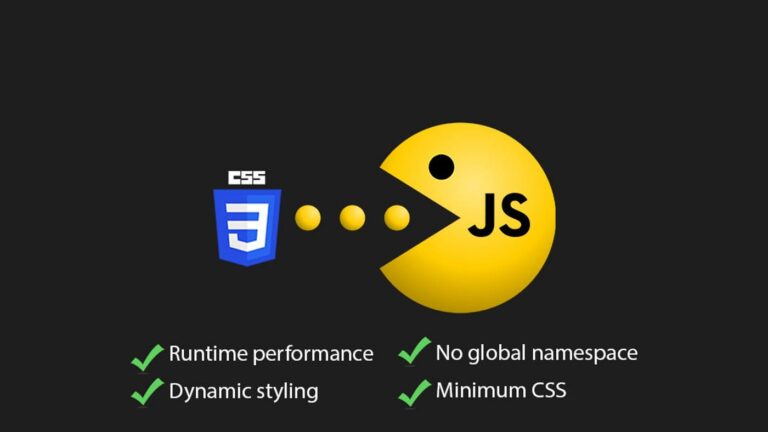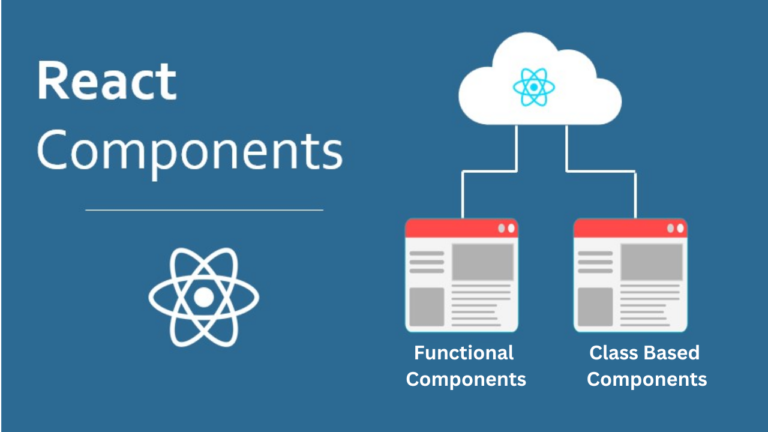With the HTTP/3 and QUIC, the web is set to become faster, more reliable, and secure. These cutting-edge protocols are designed to address the limitations of their predecessors and bring significant improvements to how data is transmitted over the internet. In this article, we will explore the impact of HTTP/3 and QUIC on web performance, delving into their features, benefits, and the future they promise for web development.
Understanding HTTP/3 and QUIC
HTTP/3 is the latest version of the Hypertext Transfer Protocol (HTTP), the foundation of data communication on the World Wide Web. Unlike its predecessors (HTTP/1.x and HTTP/2), HTTP/3 uses QUIC (Quick UDP Internet Connections) as its transport protocol instead of TCP (Transmission Control Protocol).
QUIC is a transport layer network protocol developed by Google, initially designed to improve the performance of HTTP/2. QUIC operates over User Datagram Protocol (UDP) and brings several enhancements that make it more efficient than TCP, particularly for real-time data transmission and low-latency communication.
Key Features of HTTP/3 and QUIC
- Reduced Latency: One of the most significant benefits of QUIC is its ability to establish connections much faster than TCP. QUIC combines the handshake process of TCP and TLS (Transport Layer Security), reducing the time needed to establish a secure connection. This results in faster load times and an improved user experience.
- Multiplexing Without Head-of-Line Blocking: HTTP/2 introduced multiplexing, allowing multiple streams of data to be sent over a single connection. However, it was still susceptible to head-of-line (HOL) blocking, where a single lost packet could block the entire connection. QUIC eliminates HOL blocking by allowing independent streams of data, ensuring that packet loss in one stream does not affect others.
- Improved Error Correction and Recovery: QUIC includes built-in mechanisms for error correction and recovery, enhancing the reliability of data transmission. This makes it particularly effective for applications requiring real-time data transfer, such as video streaming and online gaming.
- Enhanced Security: QUIC integrates TLS 1.3 by default, providing robust encryption and security features. This built-in security reduces the risk of various types of cyberattacks and ensures that data remains protected during transmission.
- Better Network Performance on Mobile: QUIC is designed to perform well on mobile networks, which are often less stable than wired connections. Its ability to handle packet loss and variable network conditions makes it ideal for mobile users, ensuring a smooth and consistent experience.
The Impact on Web Performance
The adoption of HTTP/3 and QUIC brings several notable improvements to web performance:
- Faster Page Loads: The reduced connection establishment time and efficient data transmission of QUIC significantly speed up page loads. Users experience quicker access to content, which can lead to higher engagement and lower bounce rates.
- Enhanced Streaming Quality: For services that rely on streaming, such as video platforms and online gaming, QUIC provides a smoother and more reliable experience. Reduced buffering and interruptions lead to a better user experience and increased satisfaction.
- Improved Reliability: The robust error correction and recovery features of QUIC ensure that data is transmitted reliably, even over unstable networks. This is particularly beneficial for applications that require real-time data, such as VoIP and live video conferencing.
- Greater Security: The integration of TLS 1.3 in QUIC enhances security, protecting user data and building trust with your audience. Improved security features can also help in meeting compliance requirements for data protection regulations.
Implementing HTTP/3 and QUIC
Adopting HTTP/3 and QUIC involves several steps, including server and client support, and potential updates to your existing infrastructure:
- Server Support: Ensure that your web server software supports HTTP/3 and QUIC. Popular web servers like Nginx and Apache have started to incorporate support for these protocols, and many cloud providers offer HTTP/3-ready services.
- Client Support: Most modern browsers, including Google Chrome, Firefox, and Microsoft Edge, already support HTTP/3 and QUIC. Ensure that your audience uses up-to-date browsers to take full advantage of these protocols.
- Monitoring and Optimization: As with any new technology, monitor the performance and behavior of your web applications after implementing HTTP/3 and QUIC. Use analytics and performance monitoring tools to identify any issues and optimize as needed.
- Backward Compatibility: Maintain support for older protocols like HTTP/1.x and HTTP/2 to ensure compatibility with clients that do not yet support HTTP/3. This ensures that all users, regardless of their browser or device, can access your website seamlessly.
The Future of Web Performance
The adoption of HTTP/3 and QUIC marks a significant milestone in the evolution of web protocols. As more websites and services transition to these new standards, we can expect a substantial improvement in overall web performance and user experience. Faster, more reliable, and secure web applications will become the norm, driving higher engagement and satisfaction across the digital landscape.
In conclusion, HTTP/3 and QUIC represent a leap forward in web performance, addressing many of the limitations of previous protocols. By reducing latency, enhancing reliability, and improving security, they pave the way for a faster and more robust internet. As the web continues to grow and evolve, embracing these new protocols will be crucial for staying competitive and delivering the best possible experience to your users.






